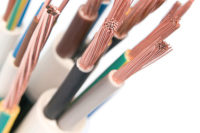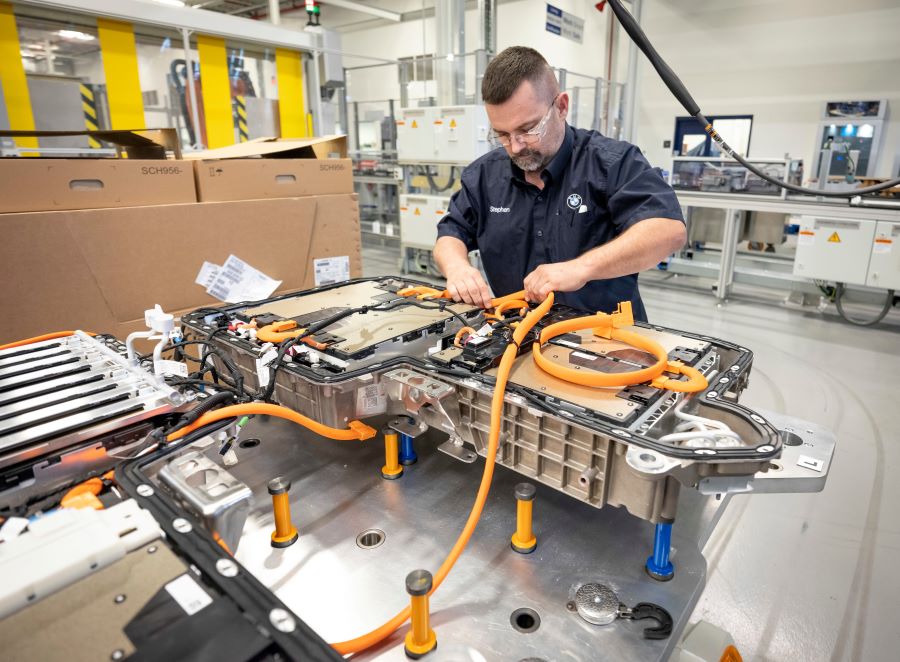Adding a small amount of solid carbon to copper can boost its ability to conduct electricity. The key is to mix in just the right proportion with copper to make electrical wires. Engineers at the Pacific Northwest National Laboratory (PNNL) believe their new process could lead to more efficient motors and wiring harnesses in electric vehicles, among other applications.
Graphene can enhance an important property of metals called the temperature coefficient of resistance. This property explains why metal wires get hot when electric current runs through them. The PNNL engineers want to reduce this resistance while enhancing metal’s ability to conduct electricity.
When they added 18 parts per million of graphene to electrical-grade copper, the temperature coefficient of resistance decreased by 11 percent without decreasing electrical conductivity at room temperature. This is important for the production of EV motors, where an 11 percent increase in electrical conductivity of copper wire winding translates into a 1 percent gain in motor efficiency.
“This discovery runs counter to what’s generally known about the behavior of metals as conductors,” says Keerti Kappagantula, Ph.D., a material scientist at PNNL heading up the R&D project. “Typically, introducing additives into a metal increases its temperature coefficient of resistance, meaning they heat up faster at the same current levels compared to pure metals.”
Previously, Kappagantula and her colleagues performed detailed structural and physics-based computational studies to explain the phenomenon of enhancing the electrical conductivity of metals using graphene. Their new research initiative discovered that the solid-phase processing used to extrude the composite wire leads to a uniform, near pore-free microstructure punctuated with tiny flakes and clusters of graphene that may be responsible for decreasing coefficient of resistance of the composite.
“We showed that flakes and clusters must both be present to make better conductors for high-temperature operations,” explains Kappagantula said. “When applied to any industrial application, the new copper-graphene composite wires will provide great design flexibility. Anywhere there's electricity, we have a use case.”
For example, coiled copper wire forms are used in the core of electric motors and generators. Motors today are designed to operate within a limited temperature range, because when they get too hot, the electrical conductivity drops dramatically. With the new copper-graphene composite, motors could potentially be operated at higher temperatures without losing conductivity.
The PNNL engineers are currently studying other properties of the copper-graphene material, such as strength, fatigue, corrosion and wear resistance. To conduct the research, they’re using wires that are approximately 1.5-millimeters thick.



